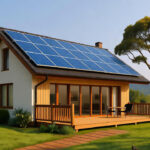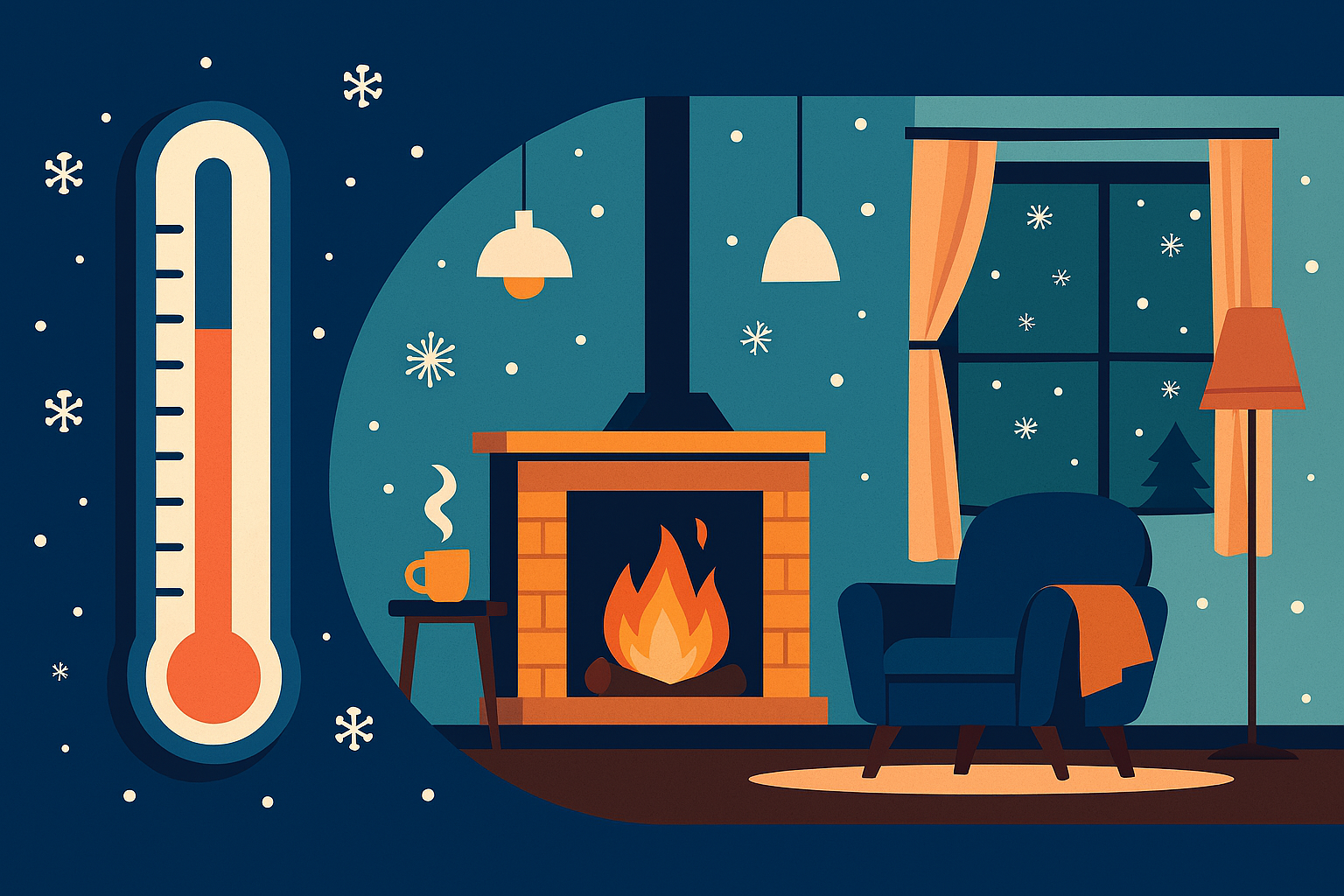Hello again! as the days get shorter and that chill really sets in, we’re all thinking about how to keep our homes warm without watching our energy bills skyrocket. Here at The Net Zero Guy, we know winter can feel tough, especially with the latest price cap nudging average dual-fuel bills up to about £1,755 a year for typical households. That’s a £149 jump from last quarter, and it hits hard when you’re trying to live sustainably. This week, November 8 to 14, we’re zeroing in on energy bills and warmth with our theme “Warmth Without Waste.” We’ll share straightforward tips to stay toasty affordably, all while cutting down on emissions. Think of it as smart ways to heat your space and yourself without excess. We’ve pulled together practical advice from our experiences and solid sources, so let’s dive in and make this winter a bit easier on your wallet and the environment.
Understanding the Winter Energy Crunch
Winter heating isn’t just about comfort; it’s a big part of why energy use spikes. In the UK, homes account for around 14% of total greenhouse gas emissions, mostly from gas boilers and electric heaters. When we crank up the thermostat, we’re often burning fossil fuels, which pumps out carbon and drives up costs. Recent figures show bills could rise another 20% over the next four years if trends hold. But the good news? Small changes can slash your usage by 10-20% without freezing. We’re talking insulation, smart habits, and a few upgrades that pay off quickly. At The Net Zero Guy, we’ve seen how these steps not only save money but align with our goal of zero net emissions balancing what we use with renewables and efficiency.
One key issue is heat loss. Up to 35% escapes through walls, 25% via the roof, and 10% from drafts around windows and doors. It’s like pouring money out the window. By focusing on retention, you heat less but stay warmer. And sustainably? Switching to green energy tariffs or adding solar can offset what you do use. We’ll break it down step by step.
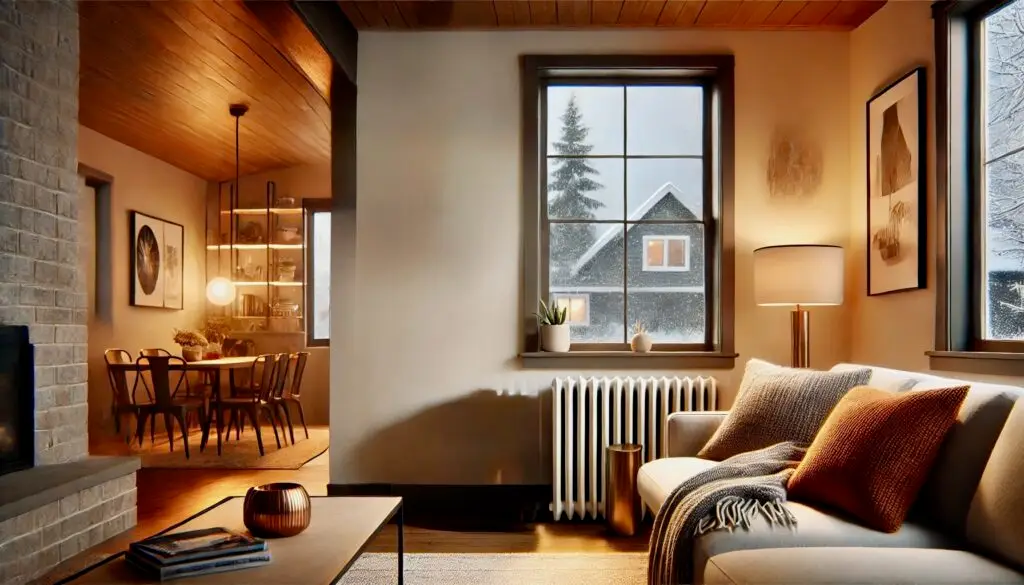
airloop.comUltimate Energy-Efficient Heating Guide for Seattle Homes …
Start with the Basics: Seal and Insulate
The foundation of warmth without waste is keeping the heat in. Draft-proofing is a quick win and it is simple and cheap. Grab some self-adhesive strips for windows and doors; they cost under £10 and can save £45 a year on bills. Check for gaps around frames, keyholes, and letterboxes. A door sausage (that fabric draft excluder) works wonders too. We’ve tried this in our own place, and it makes a noticeable difference on windy days.
Next, insulation. If your loft isn’t topped up to 270mm of mineral wool, you’re losing heat fast. Adding more could cut £200 off your annual bill. For walls, cavity insulation is ideal if your home qualifies—many built after 1930 do. Grants like the Great British Insulation Scheme can cover costs for eligible folks. Pipe lagging is another easy one: foam tubes around hot water pipes prevent heat loss and freezing. Brands like Armaflex make durable options.
Don’t forget floors and chimneys. Rugs on hardwood add insulation, and a chimney balloon blocks drafts if you don’t use the fireplace. These tweaks are affordable, most under £50 and sustainable, as they reduce energy demand without new tech.
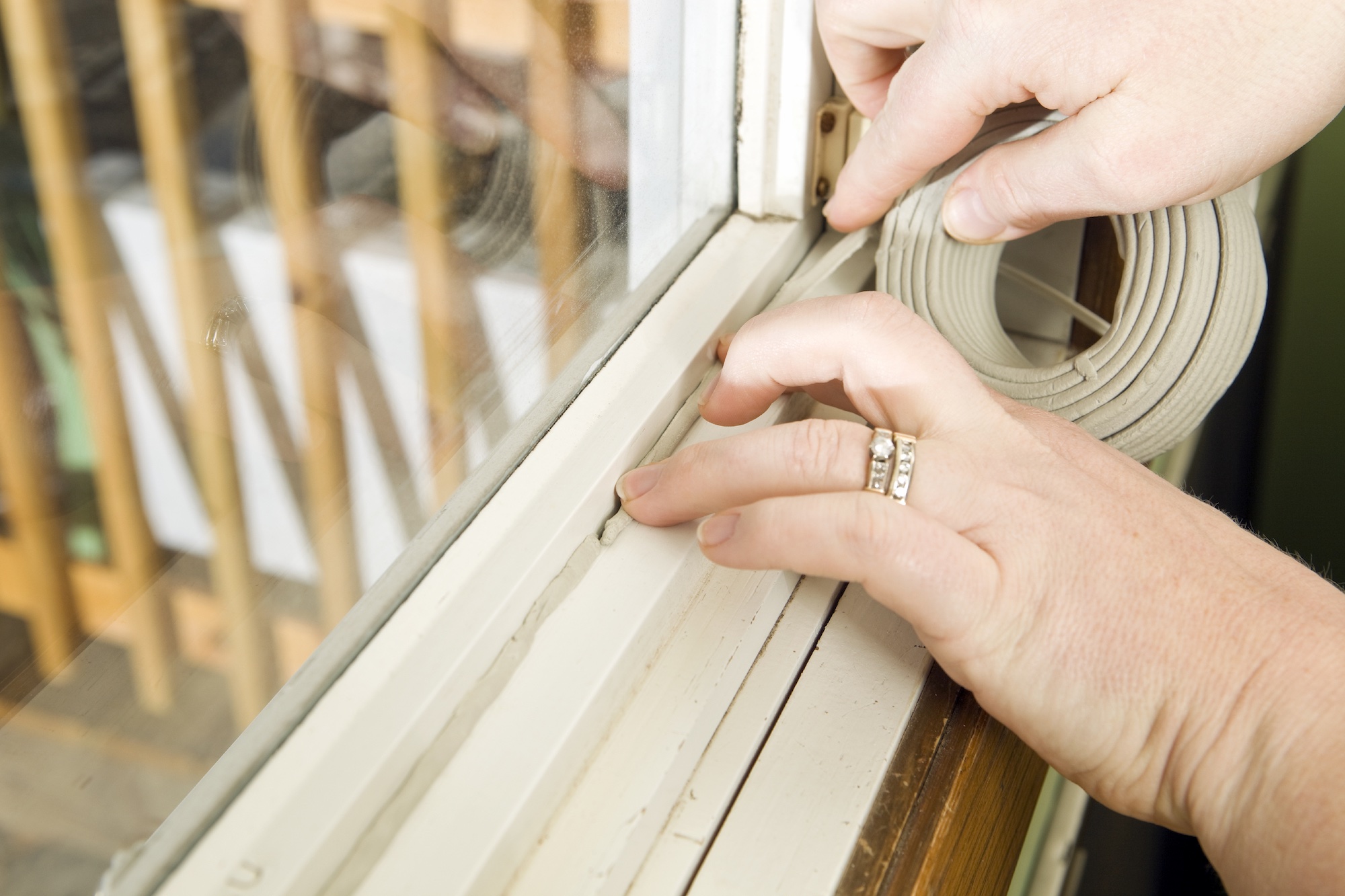
changeworks.org.uk Draught Proofing | Changeworks
Smart Heating: Tech That Saves
Once sealed, optimize your heating system. A smart thermostat like Google’s Nest or Hive lets you control temps remotely, learning your routine to heat only when needed. They can save 8-16% on bills, around £130 yearly. Set it to 19°C—comfortable and efficient, as every degree higher adds 10% to costs.
Thermostatic radiator valves (TRVs) are great too. Fit them to radiators for room-by-room control; keep bedrooms at 18°C and living areas warmer. Bleed radiators annually to remove air pockets. It’s free and boosts efficiency!
For bigger moves, consider a heat pump. They pull heat from outside air, using electricity efficiently and three times better than gas boilers. With the Boiler Upgrade Scheme grant of £7,500, they’re more accessible. Paired with solar panels, you’re generating your own power. Even in autumn, UK panels produce 50-60% of summer output, enough for heating boosts.
We love how these tools tie into net zero: less fossil fuel, more renewables. Start small if budgets are tight. Smart plugs for heaters cost £20 and prevent standby waste.
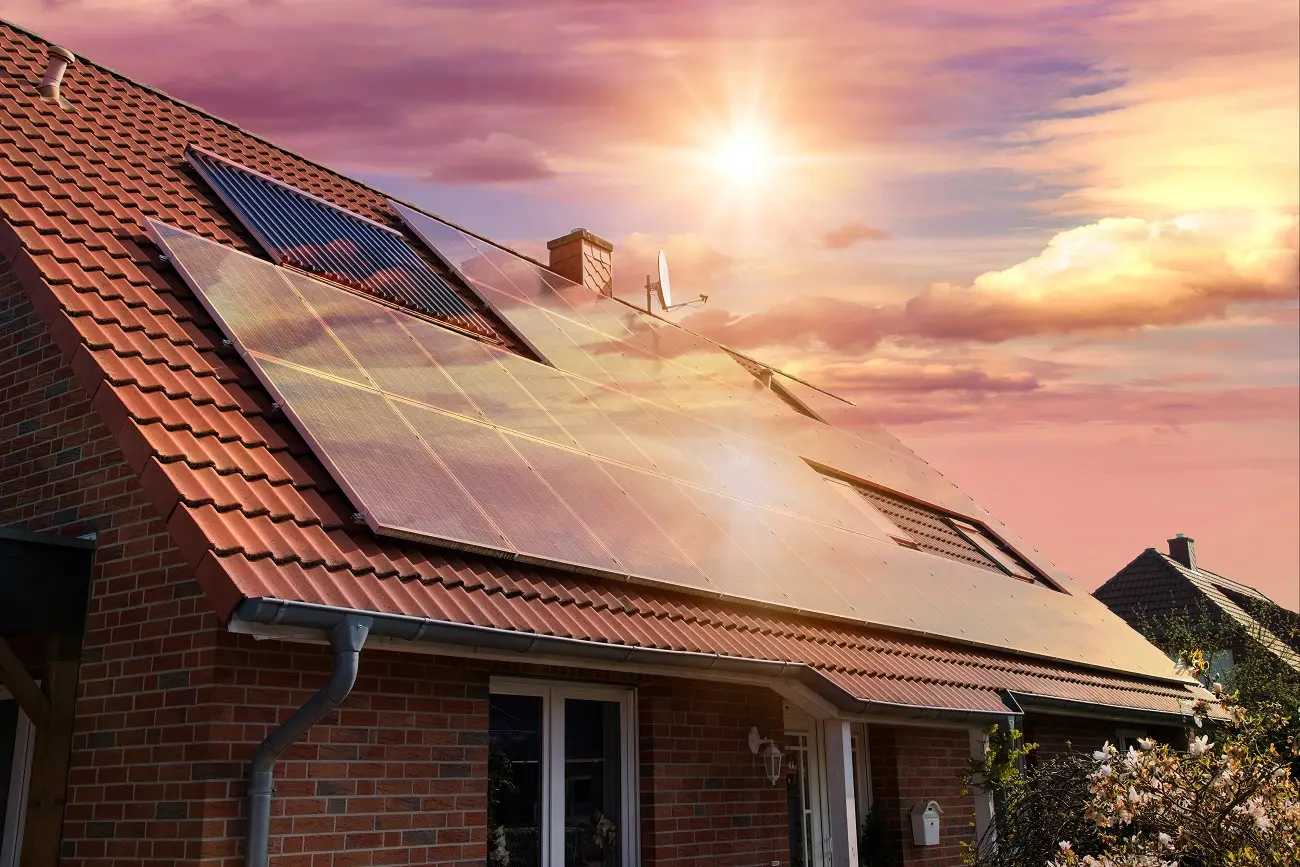
solarmeusa.com 5 Reasons to Install Solar Panels in Fall and Winter
Warm from Within: Layering and Habits
Heating your home is one thing, but warming yourself is often overlooked and super effective. Layering clothes indoors, think base layers, fleeces, and wool socks can let you drop the thermostat by 2-3°C without noticing. Brands like Patagonia offer sustainable merino wool that’s warm and eco-friendly. Add a hot water bottle or electric blanket for spot heating; they’re pennies to run compared to whole-house systems.
Habits matter too. Close curtains at dusk to trap heat and thermal ones save extra. Use timers so heating runs only 30 minutes before you wake or return home. Cook with lids on pots to retain steam heat, and let that warmth spread from the kitchen.
For showers, cut to five minutes and install a low-flow head as it saves water and energy. Dry clothes on racks near radiators instead of tumble dryers, which guzzle £70 a year. These are simple, no-cost shifts that add up.

blacks.co.uk Layering system for indoor warmth.
Going Green: Renewables and Community
To truly embrace net zero, integrate renewables. Solar panels, as mentioned, work year-round. Add a battery like Tesla’s Powerwall to store excess for evenings. Wind tariffs from providers like Octopus Energy ensure your electricity is green.
Community schemes help: Join a solar co-op or energy-saving groups for shared tips and bulk buys on insulation. Apps like Loop track your usage, spotting savings.
We’ve found combining these sealing, smart tech, personal warmth, and green energy, can halve bills while slashing emissions. One reader shared dropping their usage 25% last winter just by drafting and layering.

nrdc.org How to Lower Your Energy Bills in Any Season
Wrapping Up: Your Warm, Waste-Free Winter
Staying warm without waste is about balance: retain heat, use it wisely, and source it cleanly. From draft strips to heat pumps, these tips fit any budget. Check our home energy audit checklist for a start, or dive into sustainable living resources.
Try one tip this week like sealing a window and share how it goes. At The Net Zero Guy, we’re in this together for a cozier, greener winter. Feel free to connect with us! Stay warm out there!







